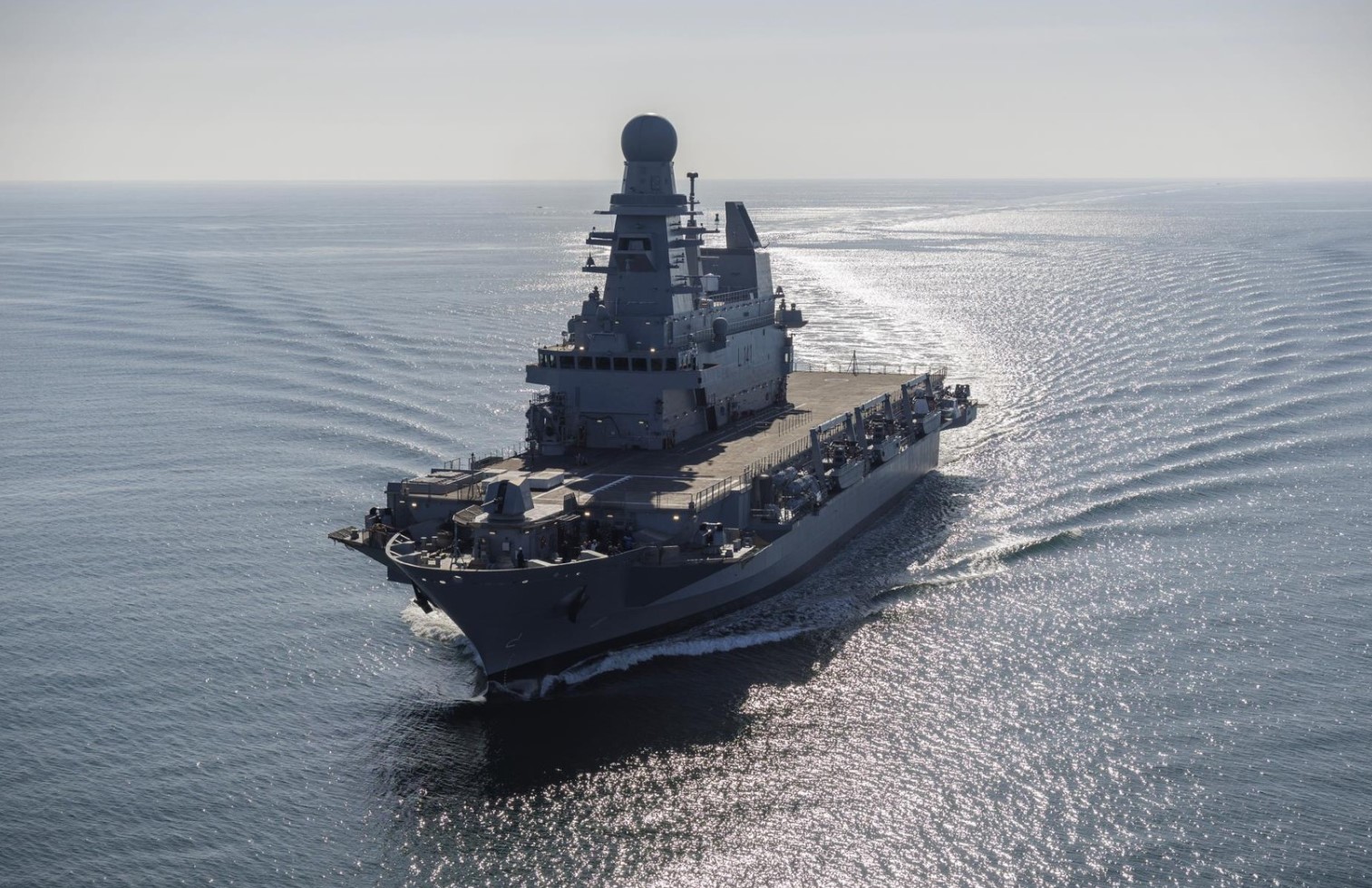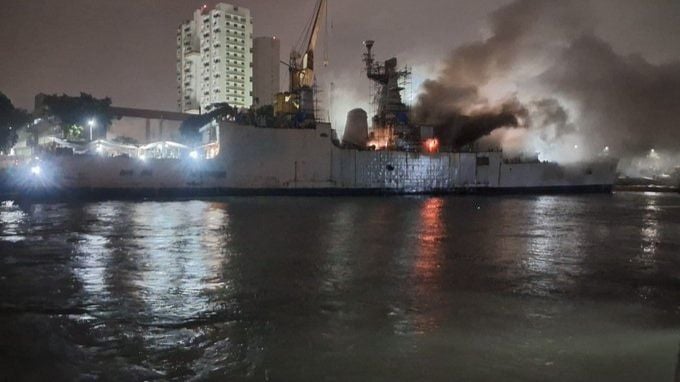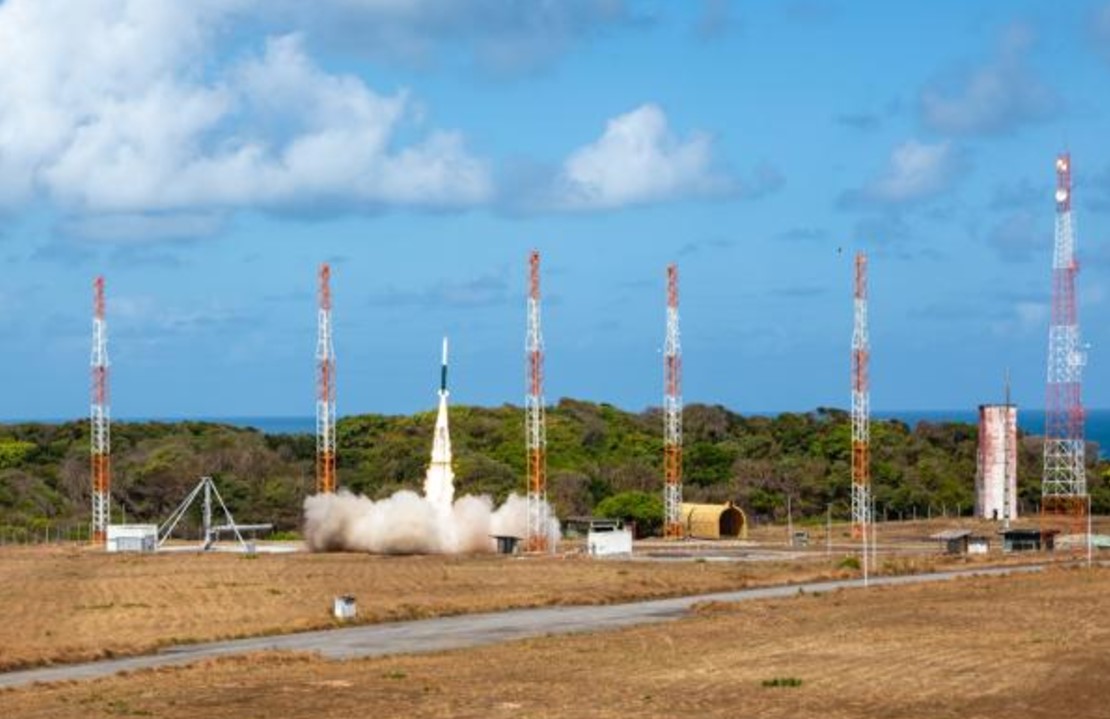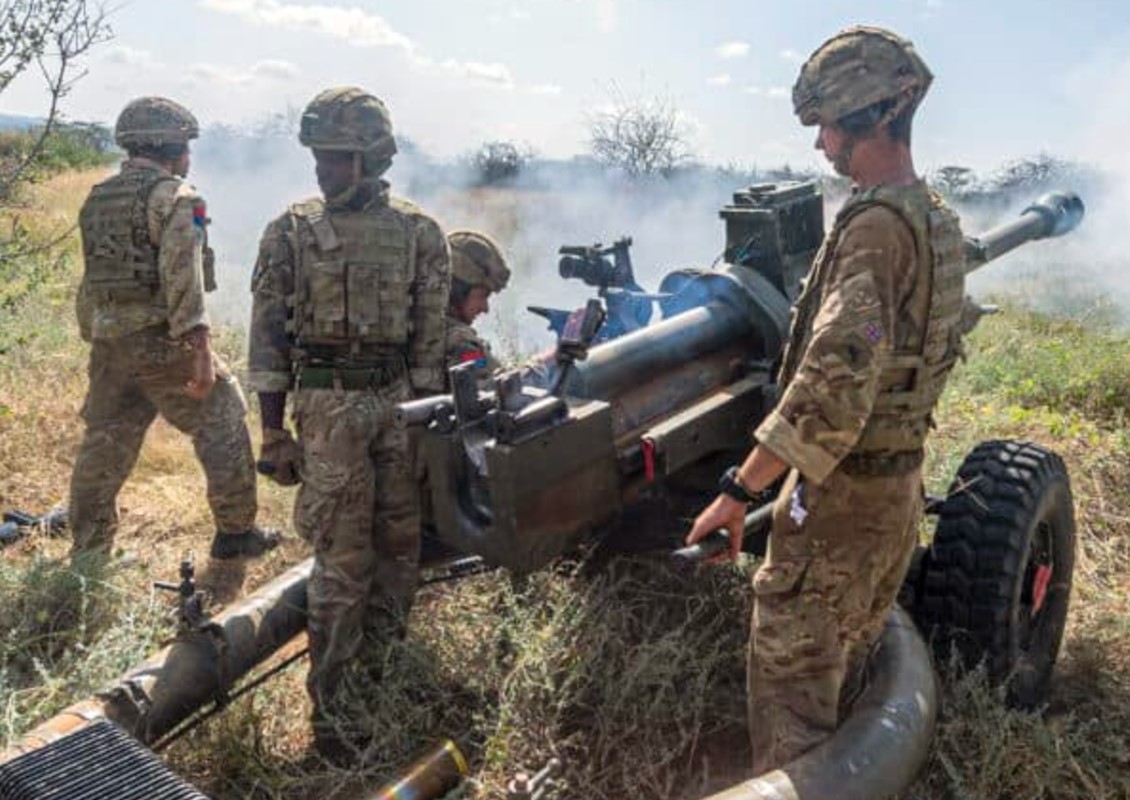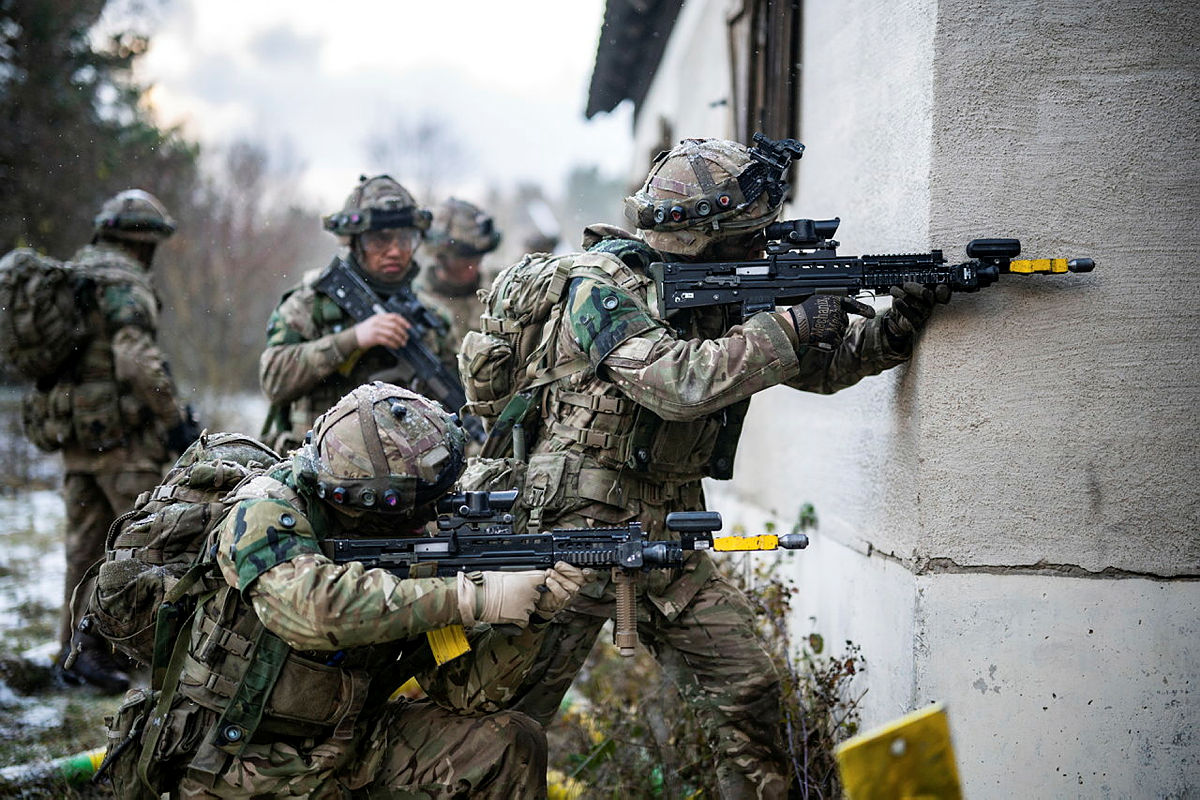Fincantieri Delivers “Al Fulk” Amphibious Vessel to Qatar’s Ministry of Defence
Fincantieri has successfully delivered the “Al Fulk,” an advanced amphibious vessel classified as a Landing Platform Dock (LPD), to Qatar's…
US Air Force Successfully Tests Stand-in Attack Weapon from F-16 Fighting Falcon
The US Air Force has achieved a significant milestone in its arsenal by successfully testing the Stand-in Attack Weapon (SiAW)…
INS Brahmaputra Uprighted After Fire Damage, Set to Resume Operations
Mumbai: The Indian Navy has announced significant progress in restoring its frontline warship, INS Brahmaputra, which had sustained severe damage…
Brazilian Air Force Successfully Launches Suborbital Rocket from Barreira do Inferno Launch Center
In a significant advancement for Brazil's aerospace capabilities, the Brazilian Air Force has successfully launched a suborbital rocket utilizing locally-developed…
UK Military Receives First 3D-Printed Components for Naval and Artillery Systems
The UK military has taken a significant step forward in modernizing its capabilities with the receipt of its first batch…
UK Military Launches Simulation to Test Combat Readiness Amid Supply Chain Challenges
The UK military has initiated a comprehensive week-long simulation designed to evaluate its capabilities in conducting combat missions amid expected…

